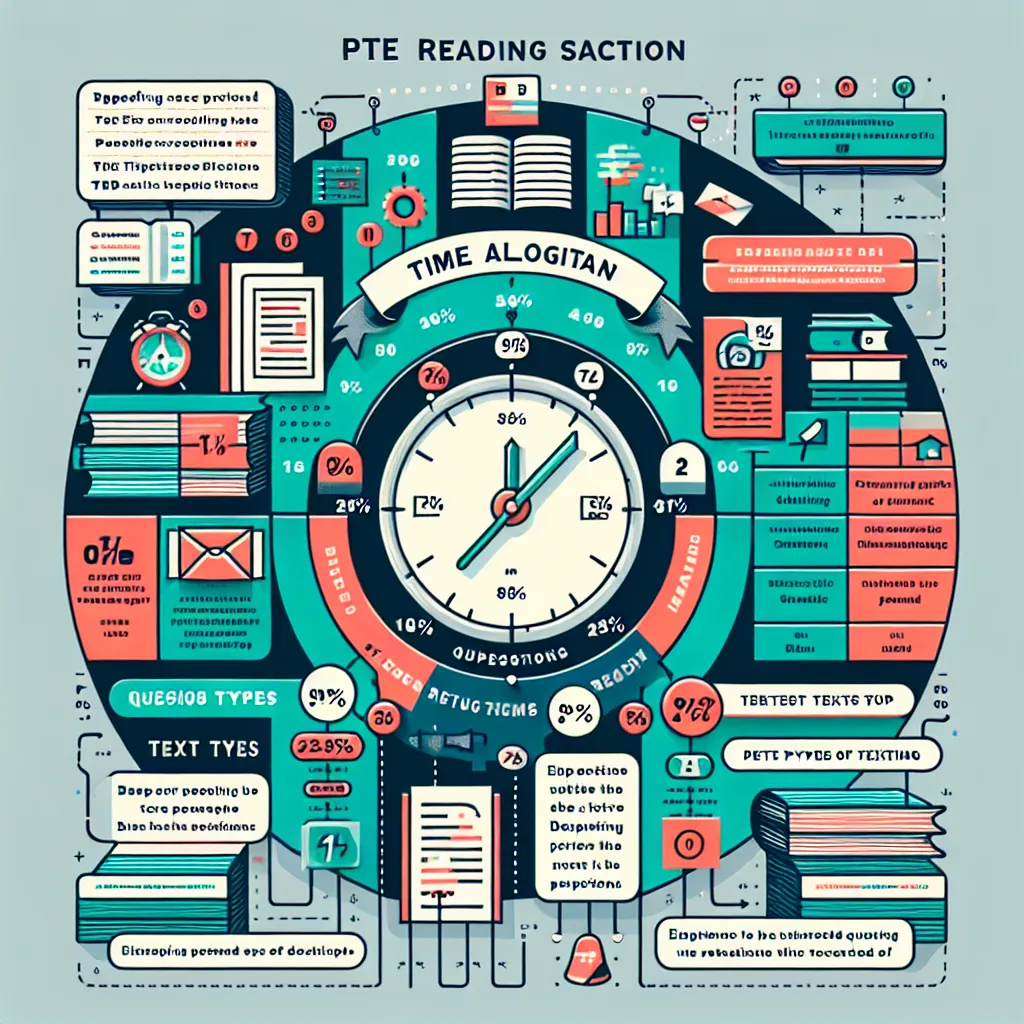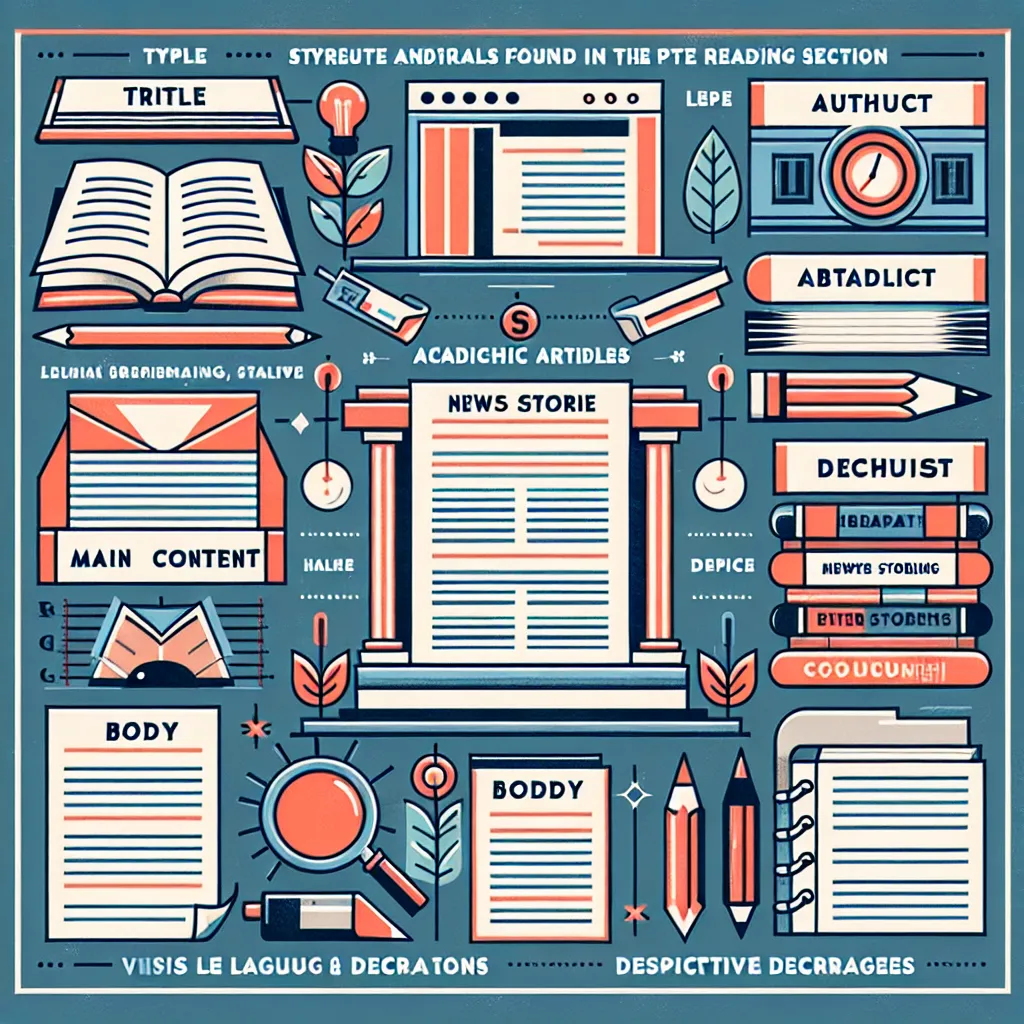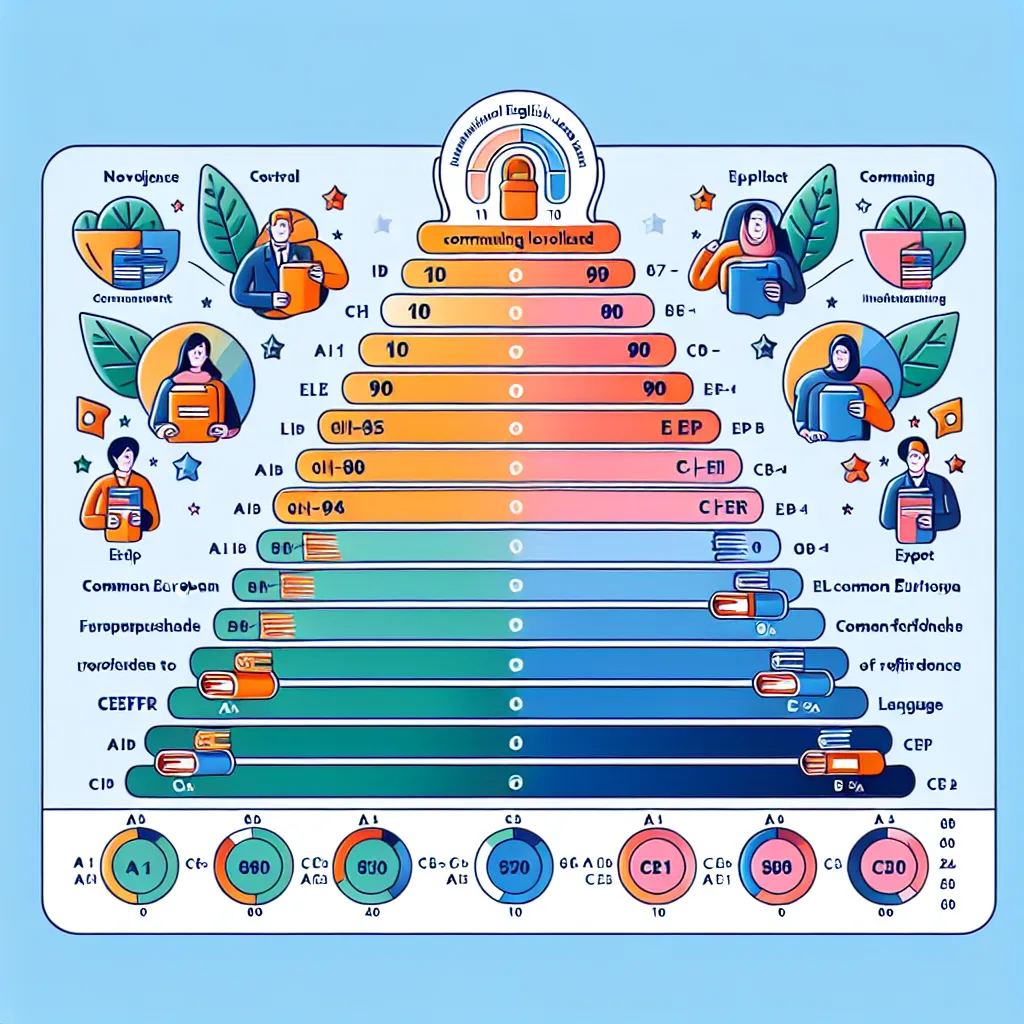The Pearson Test of English (PTE) Academic Reading section is designed to assess a candidate’s ability to understand and analyze various types of written English. Understanding the different text types you’ll encounter in this section is crucial for effective preparation and success in the exam. Let’s delve into the various text types you can expect to see in the PTE Reading section.
Understanding the PTE Reading Section
The PTE Reading section is a comprehensive evaluation of your reading skills, testing your ability to comprehend and interpret different types of written material. This section typically takes 32-41 minutes to complete and consists of 15-20 questions. The texts you’ll encounter are carefully selected to reflect real-world academic and professional scenarios.
 PTE Reading Section Overview
PTE Reading Section Overview
Academic Texts
Academic texts form a significant portion of the PTE Reading section. These texts are typically excerpts from scholarly articles, research papers, or academic journals. They are designed to test your ability to understand complex ideas and specialized vocabulary.
Key features of academic texts in PTE Reading:
- Advanced vocabulary and technical terms
- Complex sentence structures
- Abstract concepts and theories
- Formal academic tone
Example: You might encounter a passage discussing the impact of climate change on global agriculture, complete with scientific data and expert opinions.
Non-Academic Texts
While academic texts are prevalent, the PTE Reading section also includes non-academic texts to assess your ability to understand everyday English. These texts are often taken from newspapers, magazines, or online articles.
Characteristics of non-academic texts:
- More accessible language
- Current events and general interest topics
- Practical information and real-world examples
- Less formal tone compared to academic texts
Example: A text about the rise of remote work and its effects on urban development could appear in this category.
Types of Texts You’ll Encounter
1. Expository Texts
Expository texts are designed to explain or describe a topic. They are common in both academic and non-academic contexts.
Key features:
- Clear structure with introduction, body, and conclusion
- Use of facts, statistics, and examples
- Objective tone
- Often includes definitions and explanations of concepts
Example: An article explaining the process of photosynthesis in plants.
2. Argumentative Texts
These texts present a point of view or argument on a particular topic. They are often found in academic journals and opinion pieces.
Characteristics:
- Present a clear thesis or argument
- Provide evidence to support the argument
- May address counterarguments
- Conclusion that reinforces the main point
Example: An essay discussing the pros and cons of social media use in education.
3. Descriptive Texts
Descriptive texts paint a vivid picture of a person, place, object, or event. While less common than expository or argumentative texts, they may appear in the PTE Reading section.
Features:
- Rich, detailed language
- Use of sensory details
- May include figurative language (similes, metaphors)
- Focus on creating a clear image for the reader
Example: A passage describing the architecture and atmosphere of an ancient temple.
 PTE Reading Text Types
PTE Reading Text Types
4. Narrative Texts
While less common in the PTE Reading section, narrative texts may occasionally appear. These texts tell a story or recount events.
Key elements:
- Chronological sequence of events
- Characters and plot development
- May include dialogue
- Often has a beginning, middle, and end structure
Example: A short story about a historical event or a personal anecdote related to a scientific discovery.
How to Approach Different Text Types
Understanding the various text types is just the first step. Here are some strategies to help you tackle each type effectively:
-
Identify the text type quickly: Look for clues in the structure and language to determine what kind of text you’re dealing with.
-
Adapt your reading strategy:
- For academic texts, focus on understanding the main argument and supporting details.
- For non-academic texts, look for the main idea and practical information.
-
Pay attention to transition words: These can help you understand the structure and flow of the text.
-
Practice active reading: Engage with the text by mentally summarizing key points and predicting what might come next.
-
Improve your vocabulary: Familiarize yourself with academic and topic-specific vocabulary to better understand complex texts.
Important Notes
- Time management is crucial. Don’t spend too long on any single text or question.
- Remember that the PTE Reading section also includes tasks like “Reading & Writing: Fill in the blanks” and “Multiple choice, choose multiple answers.” Be prepared for these question types as well.
- Practice with a variety of text types to improve your overall reading comprehension skills.
Next Steps in Your PTE Preparation
Now that you’re familiar with the types of texts in the PTE Reading section, it’s time to put this knowledge into practice:
- Take practice tests that include a variety of text types.
- Read widely from academic and non-academic sources to expand your exposure to different writing styles.
- Work on improving your reading speed without sacrificing comprehension.
- Focus on building your academic vocabulary to tackle more complex texts with confidence.
Remember, success in the PTE Reading section comes from a combination of understanding text types, practicing regularly, and developing effective reading strategies. Keep refining your skills, and you’ll be well-prepared for whatever texts come your way on exam day.




